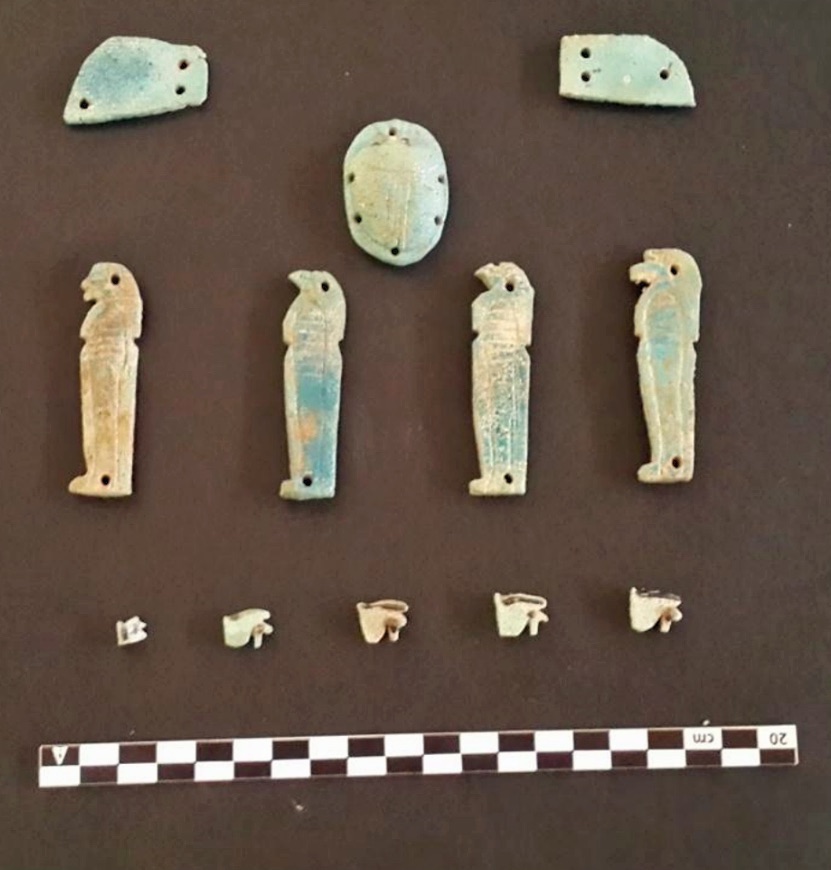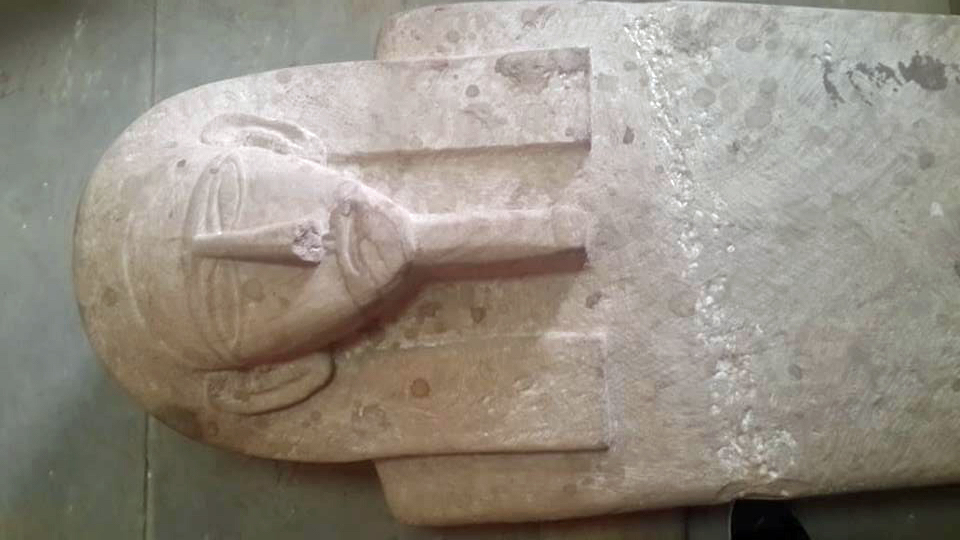The Identity of This Remarkably Well-Preserved Egyptian Mummy Remains a Mystery

Archaeologists have discovered several ancient Egyptian mummies — including the remains of a remarkably well-preserved individual — in a tomb along the west bank of the Nile River, the Egyptian Ministry of Antiquities said in a statement released today (Sept. 18).
The 2,500-year-old tomb — located in Aswan, in southern Egypt — was likely used as a communal burial, Abdel Moneim Saeed, director of Aswan and Nubia antiquities at the Egyptian Ministry of Antiquities, said in the statement.
Among the mummies discovered in this communal burial is one remarkably well-preserved individual, wrapped in linen bandages, that archaeologists found in a sandstone sarcophagus. There is no writing on the sarcophagus, and the identity of the well-preserved mummy is not yet certain, the ministry said. Research is underway to learn more about it. [Peaceful Funerary Garden Honored Egypt's Dead (Photos)]
Three other tombs were discovered near the tomb with the communal burial. Remains of paintings, some of which have hieroglyphic texts on them, were found in these tombs, as were pieces of clay sarcophagi, the ministry said. Analysis is underway to decipher the texts.
All of the tombs contain the remains of amulets made of faience (glazed pottery). Pictures released by the ministry show that some of the amulets are in the shape of Egyptian gods, such as Anubis, the jackal-headed Egyptian god of the dead. Archaeologists also discovered the head of a sandstone statue in one of the tombs, although it's unclear who the statue depicts, the ministry said.
Period of foreign control
Archaeologists think the discoveries date to a time that modern-day historians call the Late Period, which lasted from 712 B.C. to 332 B.C. During this time, Egypt was often under the control of foreign powers, such as Kush (an ancient kingdom located south of Egypt), Assyria and Persia. The period ended when Alexander the Great conquered Egypt in 332 B.C.
It's unclear if any of the people buried in the tomb with the communal burial were members of any of these foreign groups. But researchers hope to solve this mystery soon and are currently analyzing the mummies and artifacts.
Get the world’s most fascinating discoveries delivered straight to your inbox.
Original article on Live Science.

Owen Jarus is a regular contributor to Live Science who writes about archaeology and humans' past. He has also written for The Independent (UK), The Canadian Press (CP) and The Associated Press (AP), among others. Owen has a bachelor of arts degree from the University of Toronto and a journalism degree from Ryerson University.




